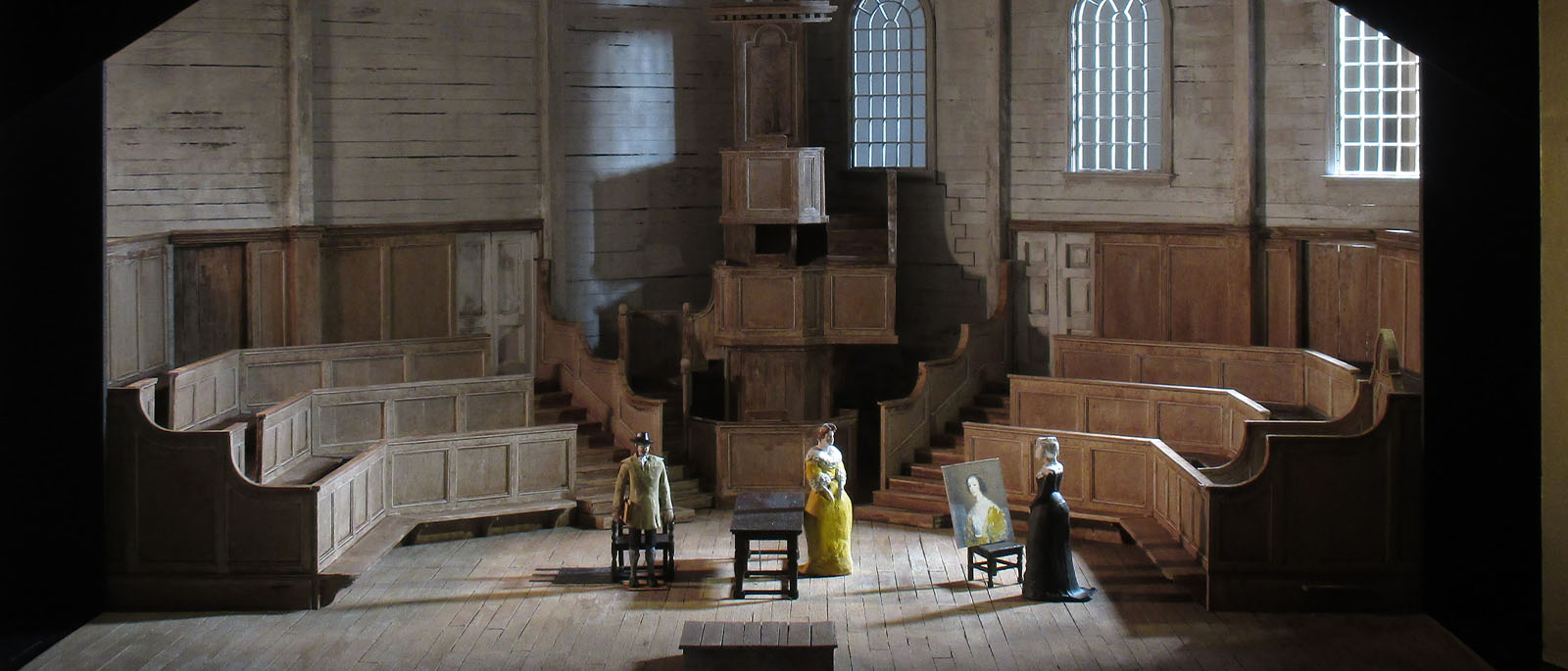
Vincenzo Bellini
I Puritani
Single tickets will go on sale to the general public in June 2025.
Patrons and Subscribers are eligible to purchase single tickets now. Please login to continue.
Overview
For gorgeous melody, spellbinding coloratura, and virtuoso vocal fireworks, I Puritani has few equals. On New Year’s Eve, the curtain goes up on the first new Met production of Bellini’s final masterpiece in nearly 50 years—a striking staging by Charles Edwards, who makes his company directorial debut after many successes as a set designer. The Met has assembled a world-beating quartet of stars, conducted by Marco Armiliato, for the demanding principal roles. Soprano Lisette Oropesa and tenor Lawrence Brownlee are Elvira and Arturo, brought together by love and torn apart by the political rifts of the English Civil War, with baritone Artur Ruciński as Riccardo, betrothed to Elvira against her will, and bass-baritone Christian Van Horn as Elvira’s sympathetic uncle, Giorgio.
Production a gift of The Sybil B. Harrington Endowment Fund
Additional support from the Hermione Foundation, Laura Sloate, Trustee
Languages
Languages sung in I Puritani
Sung In
Italian
Titles
Title languages displayed for I Puritani
Met Titles In
- English
- German
- Spanish
- Italian
Timeline
Timeline for the show, I Puritani
Estimated Run Time
3 hrs 20 mins
-
House Opens
-
Act I
80 mins
-
Intermission
30 mins
-
Acts II and III
90 mins
-
Opera Ends
Cast
Select a date from the dropdown to filter cast by date of performance
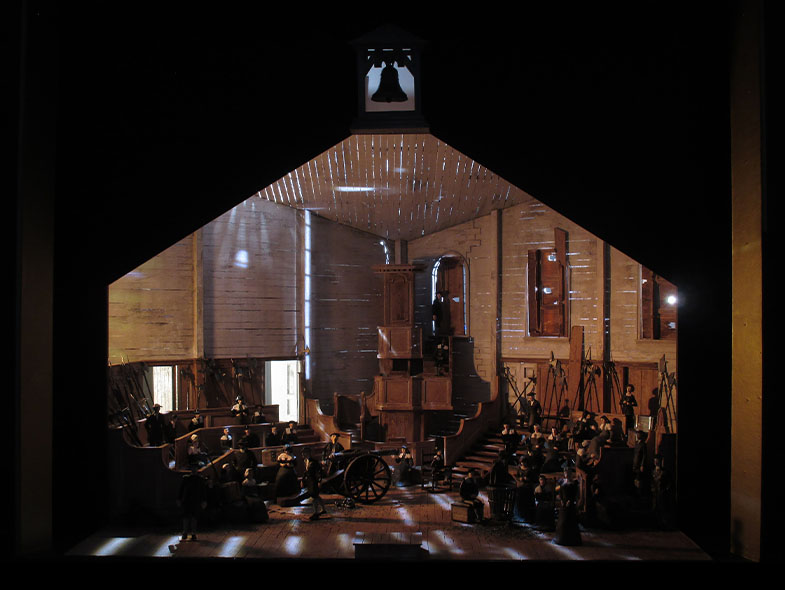
World premiere: Théâtre Italien, Paris, 1835. I Puritani was the final work from Vincenzo Bellini, the great Sicilian exponent of the bel canto style of opera. It was written specifically for the talents of four of the best singers of its day, and the opera’s success depends almost entirely on the vocal abilities (and artistic sensibilities) of the performers. Its depiction of madness—both in individuals and in communities—is extraordinary: The opera suggests that the veneer of sanity can slip away at any moment, that madness can plunge a person into a destructive abyss.
Creators
Vincenzo Bellini (1801–35) possessed an extraordinary gift for melody and a thorough understanding of the human voice. His premature death—just as he was achieving international success and expanding in new musical directions—is one of the most unfortunate in the history of music. The librettist, Count Carlo Pepoli (1796–1881), was an Italian political exile living among the seething expatriate circles of Paris. For the libretto, Pepoli adapted the play Têtes Rondes et Cavaliers by Jacques-François Ancelot (1794–1854) and X. B. Saintine (1798–1865).

Production
Charles Edwards

Set Designer
Charles Edwards

Costume Designer
Gabrielle Dalton
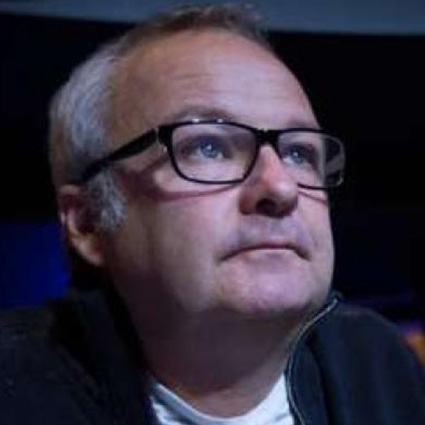
Lighting Designer
Tim Mitchell

Movement Director
Tim Claydon
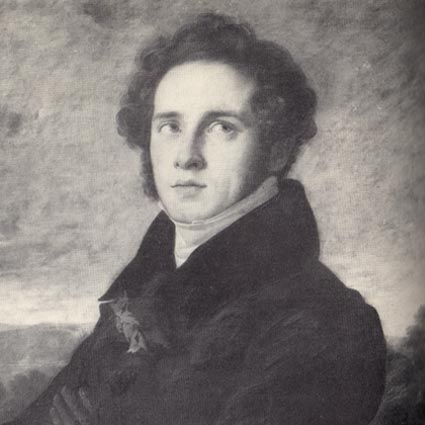
Composer
Vincenzo Bellini
Setting
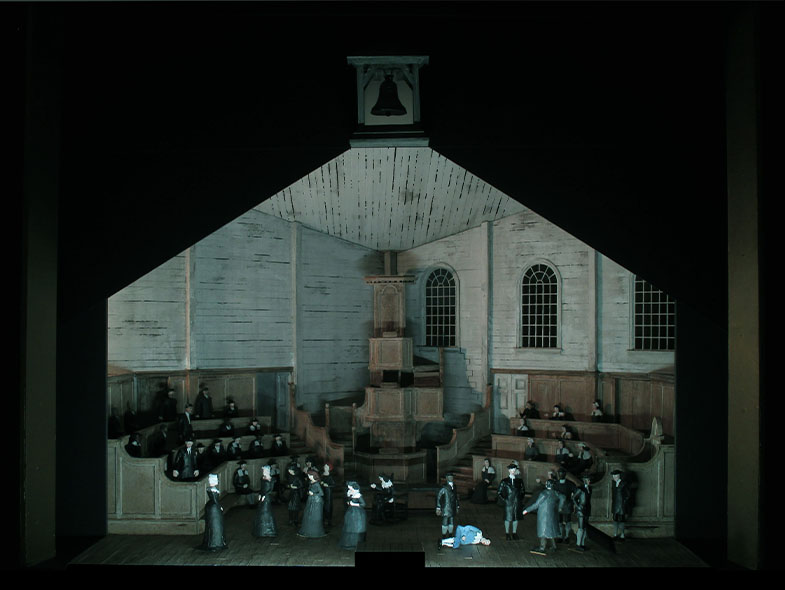
The opera is set in the English Civil War of Puritans versus Royalists. While taking many liberties with history, it is set against a background that was a universal idea and very familiar to Italians in Bellini’s time. The bel canto composers explored with powerful results the relationship of civil strife and individual madness: Donizetti’s Lucia di Lammermoor works with a similar, if slightly less explicit, format.
Music
Too often, bel canto (literally, “beautiful singing”) is explained as a succession of vocal gymnastics. On the contrary, operas written in this style center on long lyric lines, such as in the tenor’s Act I solo, which develops into the celebrated quartet “A te, o cara.” The soprano’s ravishing Act II aria “Qui la voce sua soave” works the same way and depends entirely on the singer’s ability to spin forth an elegant vocal line. And no one can deny Bellini’s unique mastery of melody, as in the rousing martial duet “Suoni la tromba, e intrepido” in Act II and the bass’s gorgeous showpiece in Act II, “Cinta di fiori.”
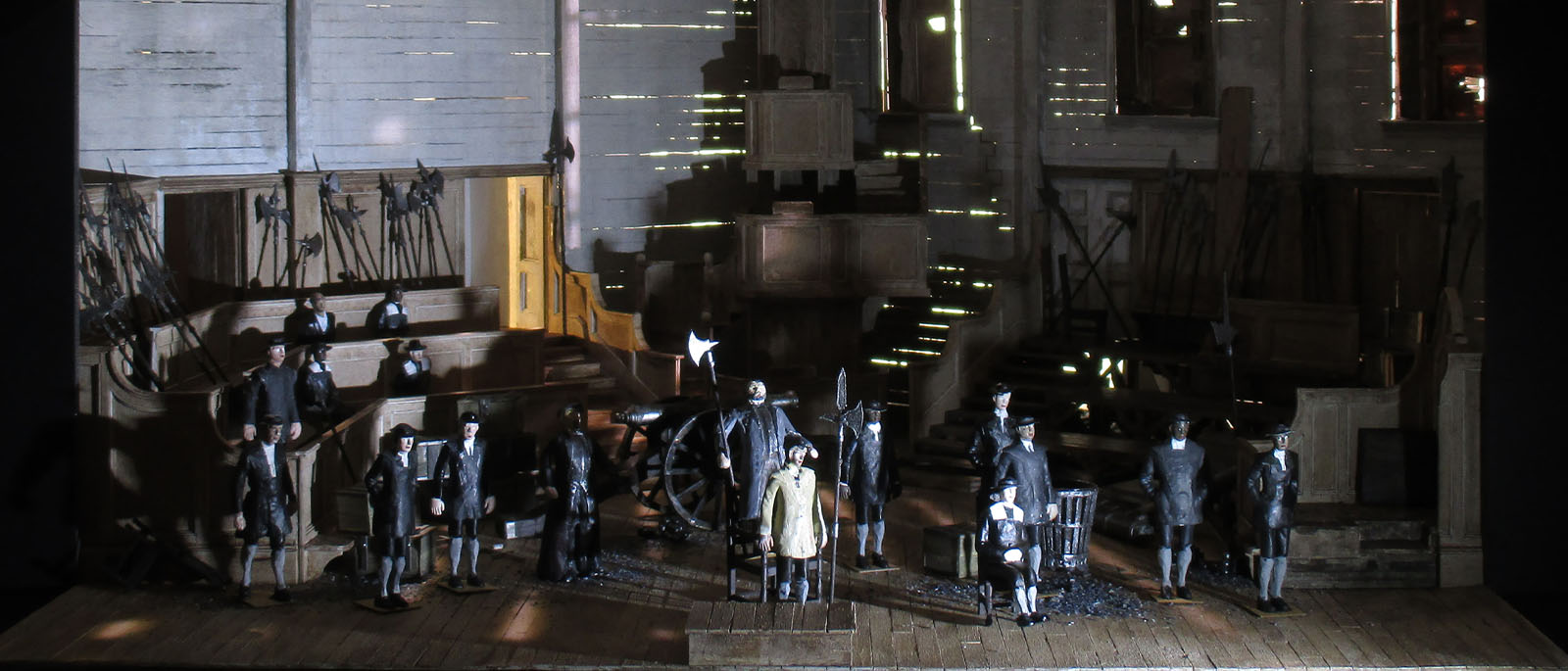
Share This Page
Social Share
Copied